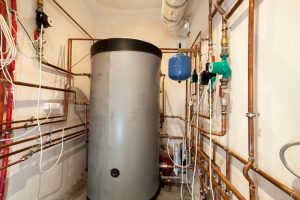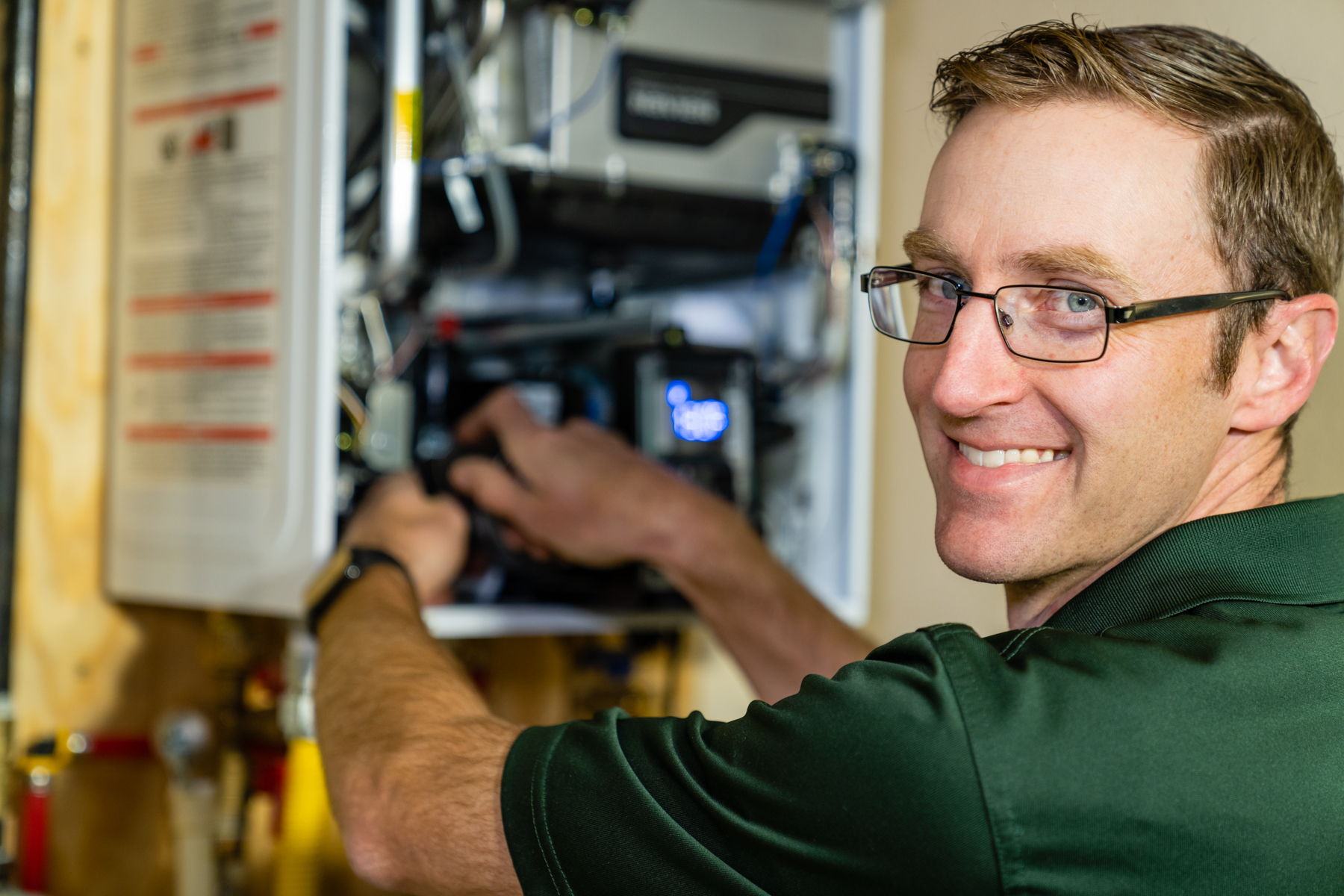Managing the Routine Hot Water Heater Crisis Events
Managing the Routine Hot Water Heater Crisis Events
Blog Article
We've found this great article involving Common Hot Water Heater Problems directly below on the internet and decided it made good sense to share it with you over here.

A hot water heater is just one of one of the most essential fundamental home appliances that can be discovered in a house. With hot water heater, you don't need to undergo the tension of home heating water manually whenever there is a requirement to take a bath, do the laundry, or the dishes. There is always an opportunity that your water heating system would certainly act up as with many mechanical devices.
It is important to keep in mind any little malfunction as well as tackle it quickly prior to things leave hand. Many times, your hot water heater starts to malfunction when there is an accumulation of sediments as a result of continual use. As a preventative measure, periodic flushing of your hot water heater is recommended to avoid debris buildup as well as protect against functional failure.
Typical water heater emergency situations and also how to deal with them
Dripping hot water heater tank.
In this situation, you ought to transform off your water heating system, allow it to cool down, as well as very carefully look for the resource of the trouble. At times, all you require to do is to tighten a couple of screws or pipeline connections in instances of minor leakages. If this does not function as well as the leak persists, you may need to utilize the solutions of a professional for an appropriate replacement.
Varying water temperature level.
Your hot water heater can start producing water of different temperature levels usually ice scalding or cold warm. In this circumstance, the first thing you do is to ensure that the temperature is set to the preferred level. If after doing this, the water temperature level maintains altering during showers or various other activities, you may have a malfunctioning thermostat. There may be a requirement to replace either the thermostat or the home heating unit of your hot water heater.
Insufficient warm water
Handling a not enough supply of hot water can be discouraging. It might be that the hot water heater can't sustain the warm water need for your apartment. To deal with this issue, you can try to adjust your heater's temperature dial as well as wait on a few minutes. If the issue continues, you can request the assistance of an expert plumber. You can update your water heating unit to one with a larger ability.
Blemished or odiferous water
When this happens, you need to recognize if the problem is from the water or the container source. If there is no funny scent when you run cold water, then you are particular that it is your water heating unit that is defective. The odiferous water can be triggered by corrosion or the accumulation of microorganisms or sediments in the water heating system tank.
Conclusion
Some home owners disregard little caution as well as minor faults in their hot water heater system. This just results in more damage and also a possible full break down of your home appliance. You should handle your water heater faults as quickly as they come near stay clear of more expenditures and unnecessary emergency difficulties.
With water heating systems, you do not require to go through the tension of home heating water manually every time there is a need to take a bathroom, do the washing, or the dishes. Your water heating unit could begin producing water of various temperatures generally ice hot or chilly hot. It might be that the water heater can not sustain the hot water demand for your apartment. If there is no funny scent when you run chilly water, then you are particular that it is your water heating unit that is damaged. The smelly water can be triggered by corrosion or the accumulation of germs or sediments in the water heating unit tank.
What’s Wrong With My Water Heater?
Not Enough Hot Water
You probably encounter this problem in the shower or while washing dishes. As you run your water, you’ll notice it starting to cool down. Turning up the hot faucet may not work, or it may only heat the water for a short period. Your hot water probably comes back and works normally one or two hours after you use it up.
If you’ve never had enough hot water, your heater may be too small for your home. If you haven’t had a problem until recently, there’s probably something’s wrong with your heater’s thermostat. Try adjusting it to see if you can feel a difference. Even if the thermostat’s working, the heating element itself could have burnt out. It’s also possible that a clog has restricted water flow into or out of the heater. Luckily, none of these problems are hard to fix, as long as you call them in early.
Water is Too Hot
Unregulated water heaters can make water dangerously hot. You probably have this problem if you’ve been scalded by your hot water. It’s also a likely culprit if you have trouble getting your faucets to produce a comfortable temperature. This problem is easy to fix, but it can also be a serious health hazard if you don’t address it. If you think your water is too hot, don’t doubt yourself; look into it!
Start by finding your heater’s thermostat and mark its position with a pen. Turn the thermostat to a cooler setting. Wait a couple hours to see if the problem is solved. If it isn’t, listen for boiling in the tank and look for water that comes out of the faucet steaming. In those cases, your temperature-pressure relief valve may be malfunctioning. This is a serious problem that can be dangerous, so you should have it looked at right away.
Discolored or Smelly Water
If all your water looks rusty or smells weird, there’s probably a problem with your pipes. If only your hot water looks weird, however, your water heater is probably at fault. Hot water discoloration comes in several varieties. It could look orange or brown-ish, taste rusty, or feel grainy. It could also look yellow or green-ish and taste gross or feel slimy. Either way, it’s a sign that there’s something wrong with your water heater’s tank.
Usually, hot water discoloration means sediment has built up in your tank. Sediment is made up of hardened minerals that accumulate on the inside of the water heater’s walls. When enough sediment builds up, it causes all kinds of problems–including your discolored water. Try flushing your water heater tank to clean out built up sediment. If the water still tastes rusty, your tank’s rust-preventing anode rod may have worn out. A pro can replace an anode rod easily, but without one, your tank could rust beyond repair relatively quickly.
Leaking
Water heaters can leak from several different places, and each leak means something different. If the leak is coming from a pipe above the heater, it’s possible the tank itself hasn’t been compromised. The cold inlet, hot outlet, and T&P pipes could all leak from above. Try tightening the problematic valve. If that doesn’t work, then the valve or pipe will have to be replaced.
If the leak is coming from the bottom of the tank, it’s important to determine exactly where it is. The leak could be coming out of the drain valve or your T&P valve below the tank. You can replace those valves and preserve the tank itself. If you notice the water tank itself leaking, however, that probably means it’s corroded beyond the point-of-no-return. Leaking water heaters are a big deal, so you should get yours replaced ASAP.
https://www.punctualplumberdallas.com/blog/whats-wrong-water-heater/

We were shown that editorial on Common Hot Water Heater Problems through someone on a different web address. So long as you enjoyed reading our article kindly don't forget to pass it around. We appreciate reading our article about The Importance of Water Heater Maintenance.
Drain woes? Connect. Report this page